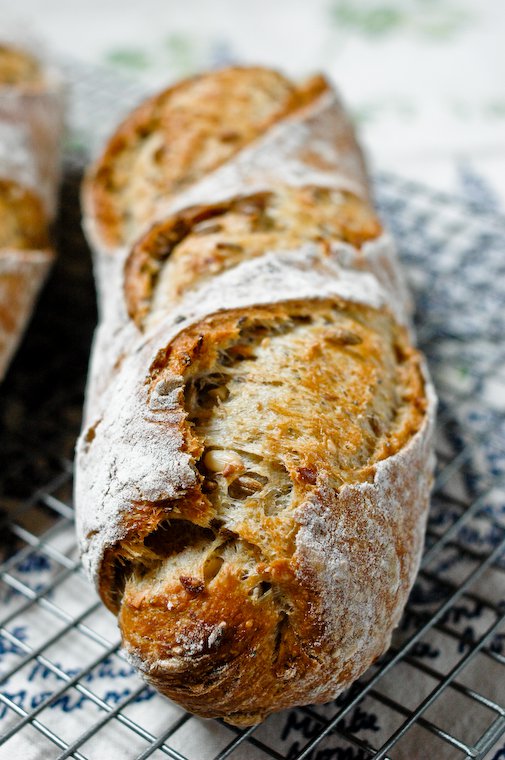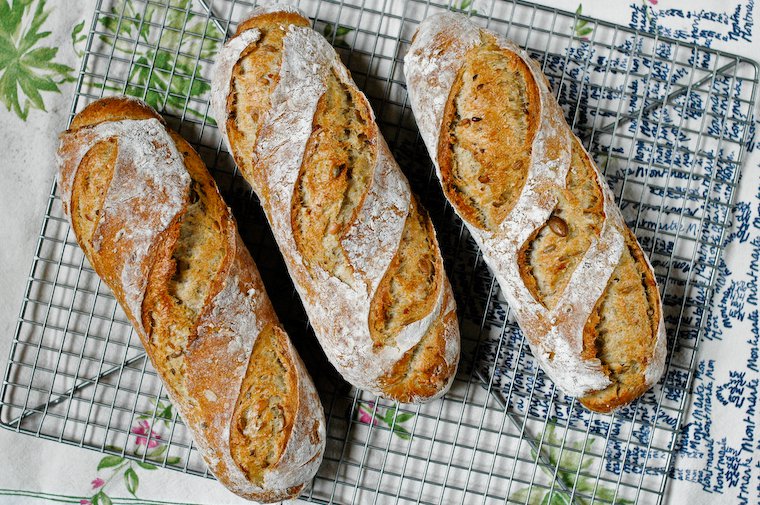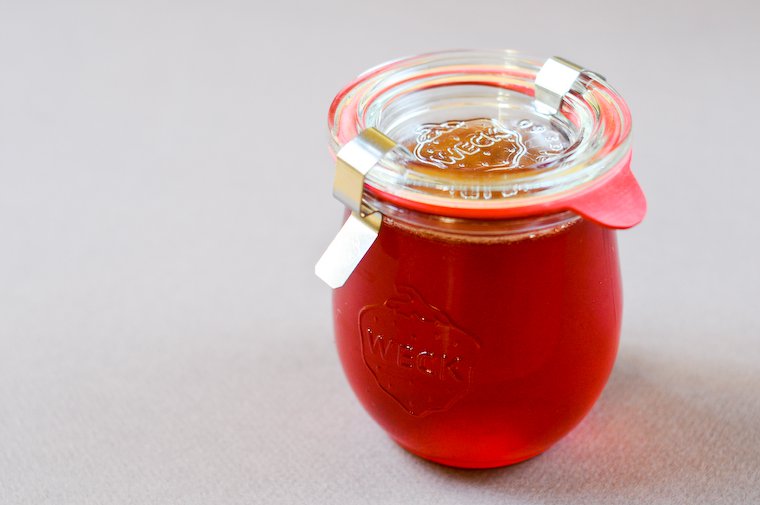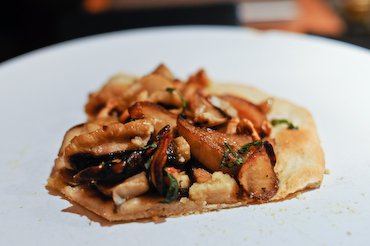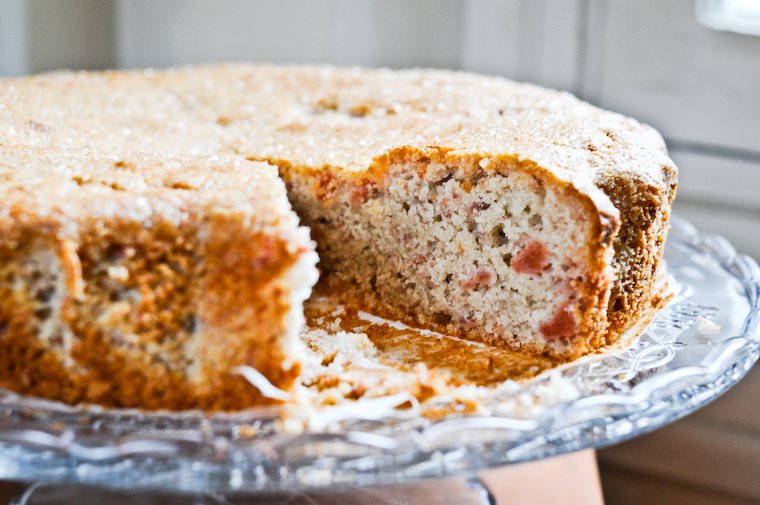There’s nothing like an edible host(ess) gift, and I have found that bringing a loaf of freshly home-baked bread makes you a very popular guest indeed.
What I like to do then is schedule my weekly bread baking on the day that we’re expected at a friend’s house, and make bâtards, those plump, elongated loaves: I’ll bake three at a time, save two for our own consumption, and bring the third one — the one with the best looks, I am shallow that way — along to dinner with us.
In my next life, if I come back as a super organized and freakishly foresighted person, I’ll keep a stash of pretty tea towels in which to swaddle the loaf, and the whole thing will be my gift. Until then, I will continue to just wrap it in one of my more presentable torchons, and say “oh, great, thanks!” when the host or hostess returns it to me.
In my next life, if I come back as a super organized and freakishly foresighted person, I’ll keep a stash of pretty tea towels in which to swaddle the loaf, and the whole thing can be my gift.
Of course I let them decide whether they want to serve that bread with dinner, but my secret preference is that they save it for their own breakfast the next day. (I also tell them that it freezes well.)
The recipe I’ve most often used for bread gifts lately is this one, which produces appetizing and wonderfully flavorful loaves freckled throughout with a generous helping of grains and seeds.
It is based on a recipe by Steve B., whose blog Bread Cetera is a valuable resource for those of us who wish to expand our bread-baking horizon and develop a better understanding of the craft.
I follow the basic formula Steve offers for the dough*, which has you soak the seeds and grains overnight before using, and then apply the method I use to make sourdough baguettes: I mix the dough on the eve of the bake, let it ferment in the fridge overnight, then simply shape and bake the loaves the next day.
Join the conversation!
Do you ever bring bread as a host(ess) gift? If so, what kind?
* With slight modifications: I don’t add the small amount of commercial yeast, I adjusted the quantities of starter to list only what’s used in the dough, and two-thirded all the amounts. I invite you to read Steve’s post and the ensuing discussion.
